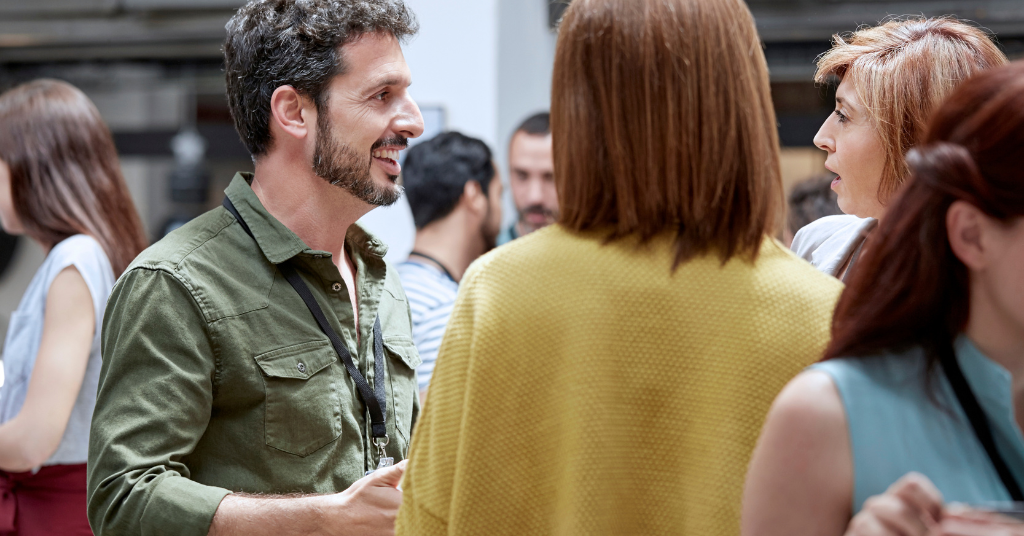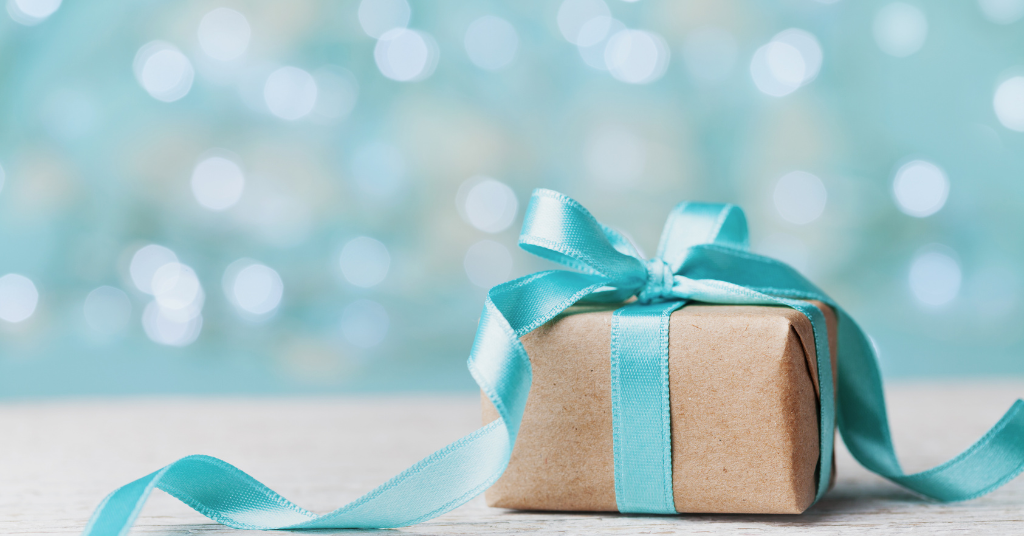
Meet deaf opera singer Joan Tenaglia
November 5, 2021
Study: COVID can infect the inner ear causing hearing loss
November 10, 2021How I discovered my deaf identity

Have you ever wondered about all of the different deaf identities out there? Or have you ever felt confused about why a person identifies with a certain deaf identity? Deaf identity can be a complex concept to understand but is incredibly diverse and unique to our culture and community. It exists on a continuum.
One’s diagnosed hearing loss/deafness may not “appear” to align with their diagnosis. However, deaf identity is so much more than a diagnosis or severity of hearing loss.
Understanding Deaf Identity
Generally speaking, deaf identity refers to how one relates to or identifies with the deaf community. One may choose to identify as capital “D” Deaf (fully immersed in Deaf culture) or lowercase “d” deaf. People who identify as the latter tend to view their deafness as one aspect of their identity instead of the main part of it. Rather than aligning with Deaf culture, they may consider themselves part of a speaking deaf community.
Read More: Why lower case “d” deaf culture matters
Discovering my Deaf Identity
As someone who has had hearing loss my entire life, I have primarily used hearing aids and spoken English to communicate. For the longest time up until my 20’s, I identified as hard of hearing because I had a moderate to severe (now almost fully severe) hearing loss. I’ve also lived in a hearing world, so this identity seemed suitable. However, I always felt like there was something missing. I was always stuck in the middle between not being fully hearing, and also not being profoundly Deaf. I felt as though I was not Deaf enough. People saw my hearing aids and saw that I could speak. It has always been as if I’m hearing, yet I’m not.
Read More: Deaf community and deaf culture
As I began my studies in psychology with a drive to work with deaf and hard of hearing individuals, I began taking Deaf culture and American Sign Language courses. My eyes were opened in unexpected ways. I instantly fell in love with the culture and the language. I started to realize that I don’t have to be diagnosed with a profound deafness in order to identify as lower case “d” deaf and be a part of this amazingly unique culture and community. When using sign language and communicating with other deaf and hard of hearing individuals, I feel alive – an experience I didn’t fully have until recent years.
“I started to realize that I don’t have to be diagnosed with a profound deafness in order to identify as lower case “d” deaf and be a part of this amazingly unique culture and community.”
My eyes opened even more as my hearing loss began to progress. I started exploring different environments in which I needed different accommodations. What worked my entire life simply wasn’t working anymore. Another particularly defining moment that highlighted my identity was recognizing the beauty of not wearing my hearing aids and having that complete silence without sensory overload or listening fatigue. I realized just how beautiful and even useful it can actually be to be deaf. It wasn’t necessary to extend so much energy trying to hear. I could just follow my captioner without all of the distractions of noise, etc. and I appreciated the profound silence in so many ways.
New Awareness
While some adjustments were/are frustrating and challenging, it’s an ongoing process that has awakened me to just how adaptable we can be, how empowering it can be to be have to be so resourceful, and find even more new ways of doing things, even when you already thought you’ve had it all figured out. These experiences showed me that I AM deaf enough, a sign that I’ve been looking for my entire life.
Today, I identify with the deaf community through continuously learning and using sign language, connecting with other deaf and hard of hearing individuals, using alternative methods of communication such as captioning or signed content, taking a break from my hearing aids/assistive technology, and being an advocate for myself and others in the community.
Read More: Am I not deaf enough? Finding my hearing loss identity
Finding your own deaf identity
If you’re reading this article as someone who is struggling to find your own deaf identity, here are some things I’ve learned from my journey:
- Your diagnosis/severity of hearing loss does not have to align with your chosen identity.
- You don’t need to justify your deaf identity to others. After all, it’s yours and yours only.
- It’s okay to change your deaf identity. With new experiences comes new insight.
- If you feel caught between two worlds, your identity is still valid.
- Using hearing assistive technology doesn’t have to define your identity.
- Not everyone will understand your identity, and that’s okay.
- You don’t need a certain degree of deafness to utilize accommodations/services that provide equal access. It’s your right regardless of your degree of hearing loss.
- It’s okay if you’re still not sure what your hearing loss identity is. It can be a complicated process.
What others should know about people who identify as deaf
If you’re reading this as someone who is hearing, here are some things we want you to know:
- We don’t all communicate the same. Some of us speak, some of us use technology, others sign and don’t speak. We all have our own preferences and what works for us. Respect our preferences.
- Please don’t judge how we choose to identify. There is so much that goes into our identity that cannot be seen on the surface, and so much to know about deaf identity and Deaf culture.
- Be inclusive. Provide alternative means of communication, even if it’s writing, learning basic sign, etc. All we want is to be included like everyone else. Inclusion can shape our identity in positive ways, but exclusion can always hurt.
- Be an ally. You don’t have to be deaf or hard of hearing to help us advocate. In fact, the more hearing people that speak up with us, the more our identity can be seen, heard, and accepted.
The Bottom Line
We all have identities and the way we identify is unique to our own selves, our own experiences, perspectives, preferences, and much more. Every single person you meet has a story that is remarkably different from one person to the next. Even two people who have the exact same diagnosis of hearing loss, or seem equally involved in the community, can choose to identify very differently because the way in which they experience their hearing loss will not be equivalent. That’s okay. We were born to be different, to be ourselves, and be whomever we choose to be.



